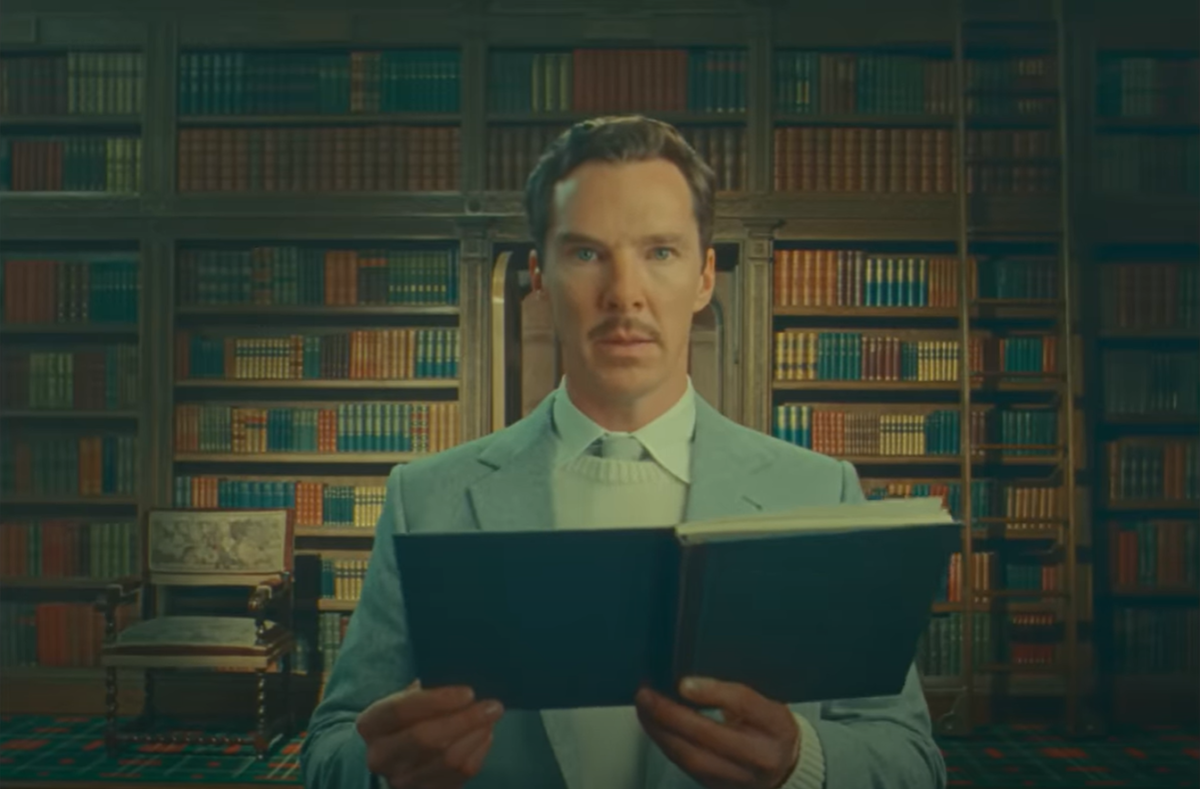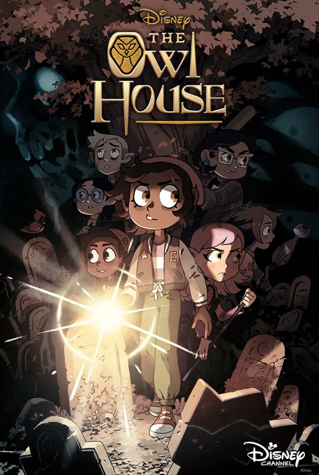
By Michael Walsh
The peculiar and unusual Danish filmmaker Lars von Trier, a pioneer of the restricting Dogme 95 rules, set out to challenge fellow Danish filmmaker Jørgen Leth by making him remake his great yet simplistic short film The Perfect Human five different times. The only catch to such a strange request? In the documentary, von Trier himself decided to play puppeteer and give Leth a set of different obstructions for each recreation of his 1967 classic film.
Examples of von Trier’s bizarre restrictions placed upon Leth’s quest to recreate are forcing him to shoot the film in Cuba with no constructed set. In that first obstruction Leth also had to limit each shot to the quick cut of 12 frames and answer each and every question posed in his original short film. In the ultra-minimalistic The Perfect Human, Leth asked questions like “Who is he? What can he do? What does he want? Why does he move like that? How does he move like that?” Leth was forced to answer these in a rewritten dialogue.
The madness behind von Trier’s requests is really both beautiful and brilliant. The documentary as a whole is a great exercise in filmmaking. Observing Leth struggle to surpass his obstacles, and even at times deal with demons such as having to revisit what he considers to be one of the worst places in the world (the red light district of Bombay), is an inspiring experience. It makes anyone with an artistic bone in your body want to spring out of their seat and be challenged by von Trier themselves.
Leth and von Trier also play off one another in a terrific clash of the mind. They are both wonderful artists who try to push each other to their creative limits. By challenging Leth to play the perfect human himself or visit the worst place in the world, von Trier forces Leth to learn new things about himself and his art. At some point in the film there’s a seriuos question as to whether von Trier and Leth are playing a joke on the viewer. But that lasts for only a few short moments when you see Leth’s sincere reactions to von Trier’s bizarre obstructions, or his disproval with von Trier’s reaction to the final submitted projects.
The value in The Five Obstructions comes from seeing the brilliant and creative minds of both von Trier and Leth at work. While watching a von Trier or Leth film will let you experience their artistic ways, you don’t quite get the same point of view as you do here, watching von Trier torture Leth with obstructions he must inventively overcome.









